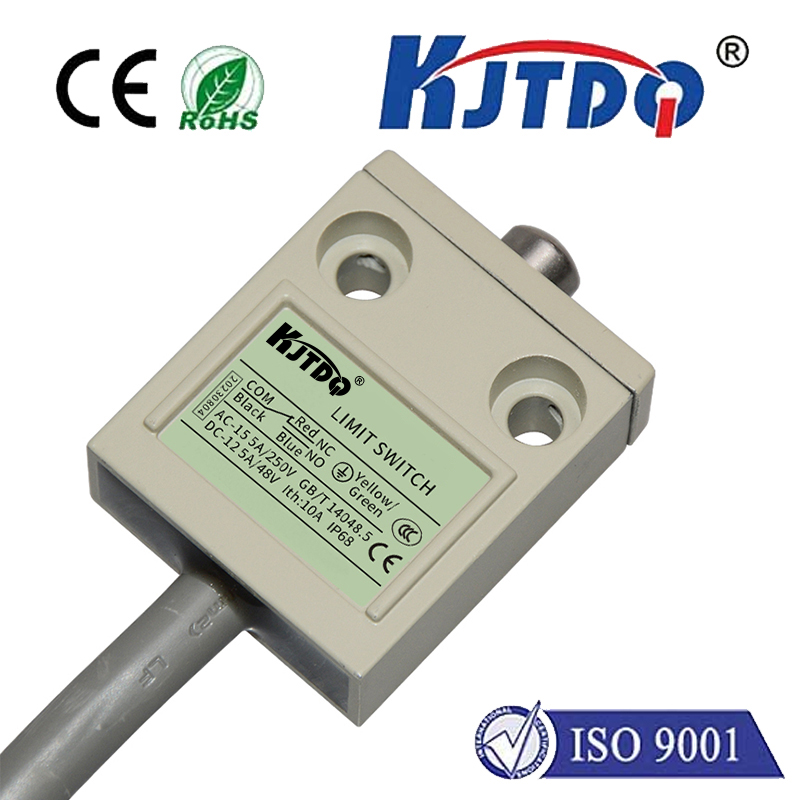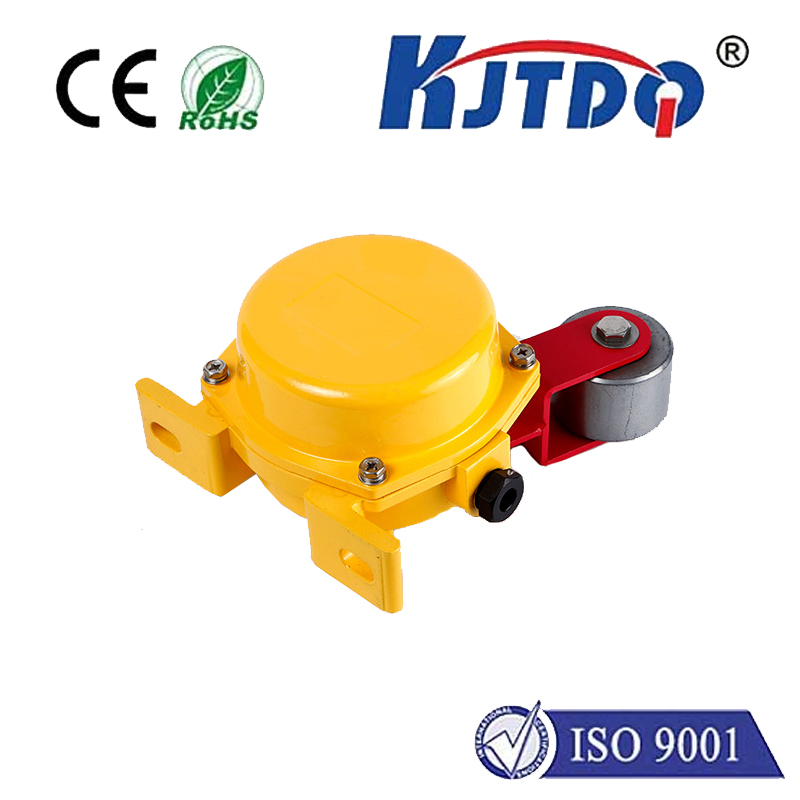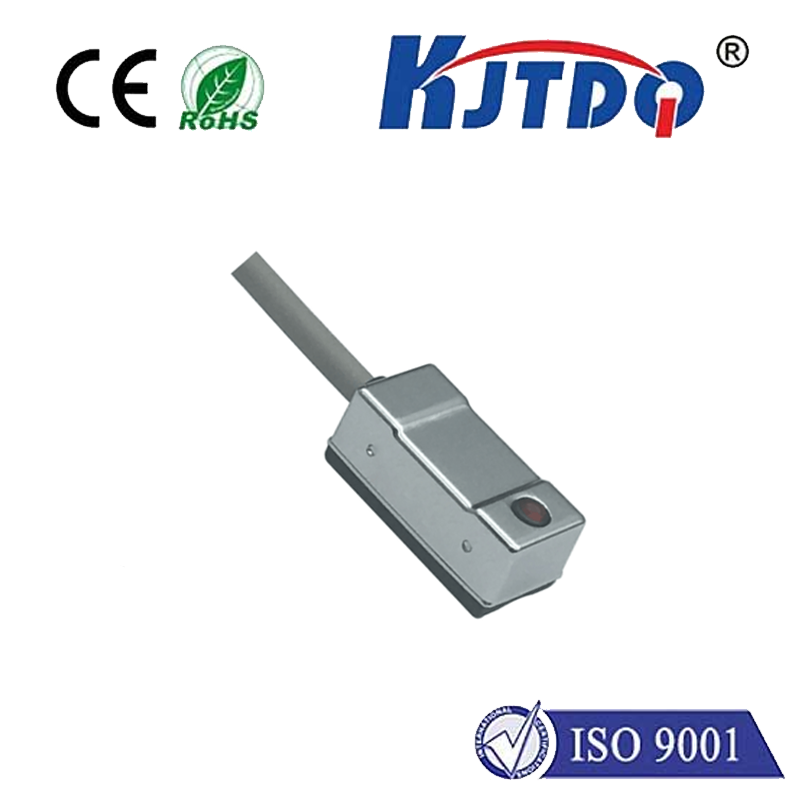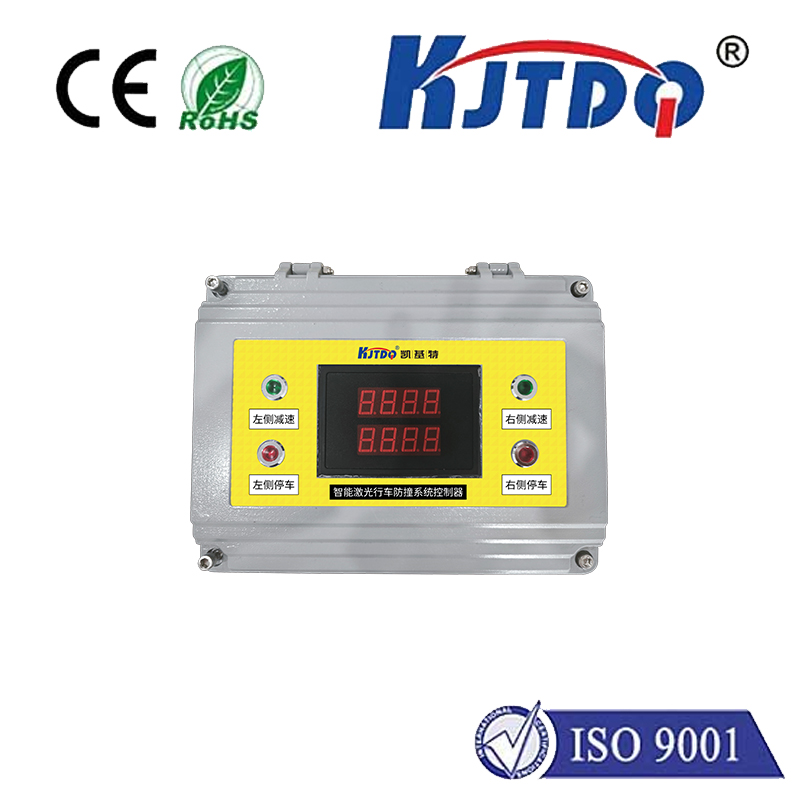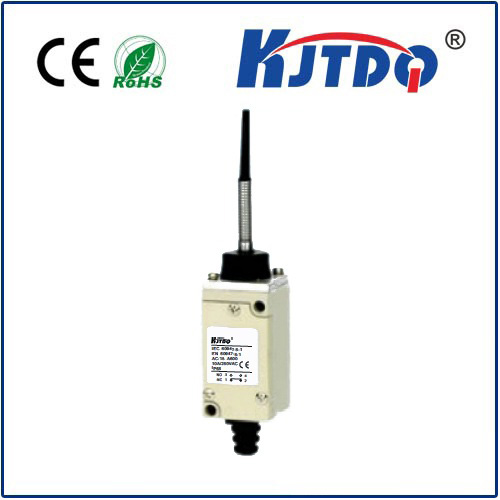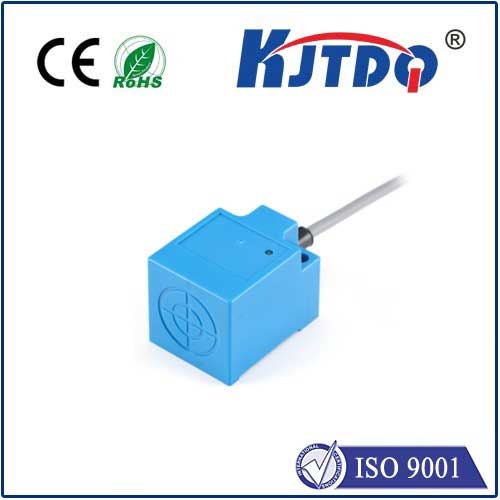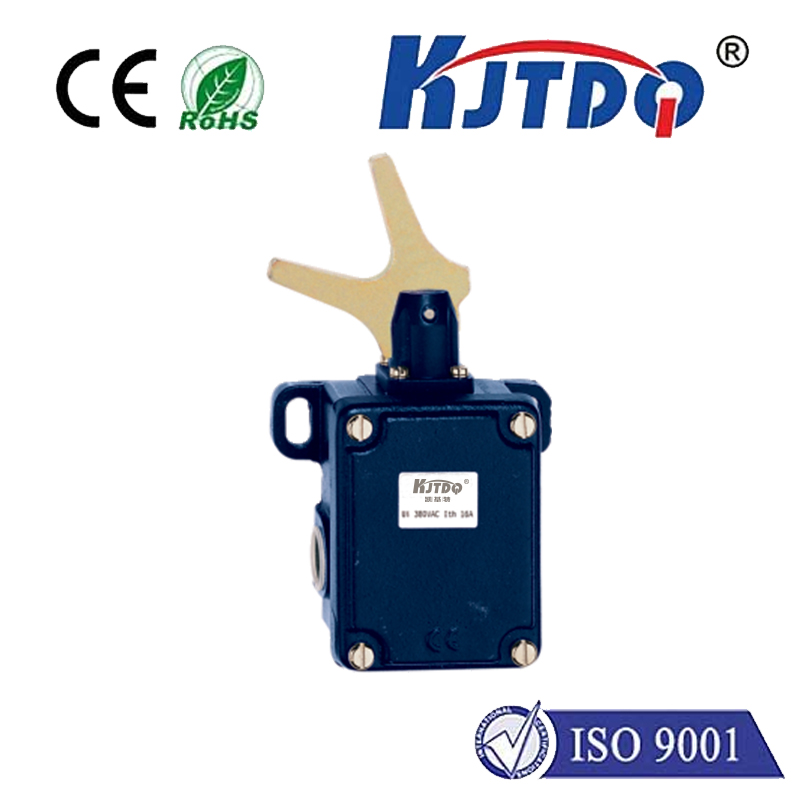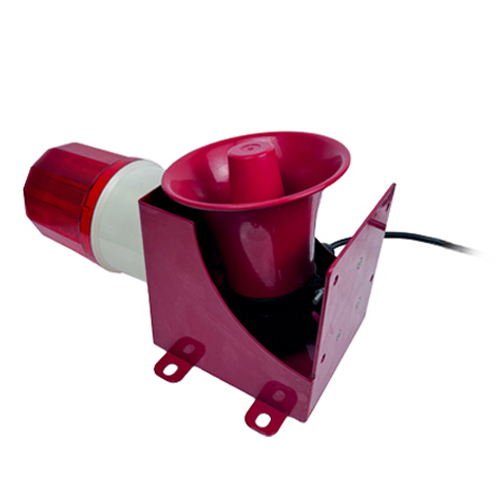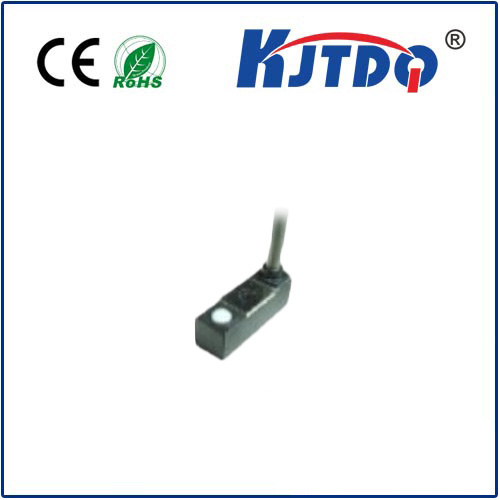300 Ограниченный переключатель
- time:2025-08-04 13:12:42
- Нажмите:0
ITS 300 Limit Switch: Precision Control at the Edge of Machine Movement
In the intricate ballet of industrial automation, where massive arms swing, conveyors hum, and presses descend with immense force, there exists a silent guardian. A modest component, often overlooked, yet crucial for safety, precision, and operational harmony: the limit switch. And among these critical sentinels, the ITS 300 Limit Switch stands out as a reliable workhorse, defining boundaries and triggering actions at the precise moment required.
Imagine a robotic arm tasked with loading parts onto a CNC machine. It needs to extend fully to pick up a component, but crashing into the machine’s frame or overshooting its target would spell disaster. This is where the ITS 300 limit switch earns its keep. Strategically positioned at the exact point where the arm’s travel must cease, the ITS 300 acts as an absolute boundary. When the arm reaches its maximum extension, it physically contacts the switch’s actuator – perhaps a lever, roller, or plunger. This physical interaction triggers an electrical signal within the switch, instantly communicating to the machine’s control system: “Stop now! This is the end of the line.” It’s a moment of critical control, preventing damage to equipment, protecting products, and ensuring operator safety.
The brilliance of a robust limit switch like the ITS 300 lies in its fundamental principle: translating simple mechanical movement into a decisive electrical command. This operational reliability makes it indispensable across countless applications:

- Position Sensing & Travel Limitation: Defining the start and end points of linear or rotary motion for actuators, valves, gates, and sliding doors. Ensuring mechanisms operate strictly within their designed range.
- Safety Interlocks: Preventing access to hazardous areas while machinery is in motion (e.g., guarding on presses or robotic cells) or ensuring safety gates are closed before operation commences.
- Sequencing Control: Signaling that one process step is complete (e.g., a part is fully loaded, a clamp is closed), allowing the next step in an automated sequence to initiate.
- Over-Travel Protection: Acting as a last line of defense if primary positioning systems fail, preventing catastrophic mechanical overextension.
But what makes the ITS 300 specifically suited to its demanding role? While specifications can vary by manufacturer and specific variant (ITS-300, IT S300, etc.), several core characteristics define its industrial value:
- Rugged Mechanical Construction: Built to endure. Housings are typically robust, often metal (like zinc alloy or stainless steel), designed to withstand harsh factory environments – impacts, vibration, dust, and occasional exposure to oils or coolants. This ensures long-term reliability even in demanding settings.
- Diverse Actuator Options: The “face” of the switch matters. ITS 300 models commonly offer choices like lever arms (often adjustable), top or side plungers, roller levers (ideal for contact with cams or moving parts), or whisker types. This flexibility allows optimal placement and engagement for countless specific applications.
- Precise Activation Point: Consistency is key. High-quality switches like the ITS 300 ensure the electrical contact opens or closes at a precisely predictable point relative to the actuator’s movement, enabling accurate position control repeatably, cycle after cycle.
- Optimized Electrical Ratings: Engineered for industrial control circuits, handling standard voltages (like 120VAC or 24VDC) and currents typical for signaling PLCs or motor controls. Robust contacts resist wear from frequent switching.
- Multiple Contact Configurations (NO/NC): Available in Normally Open (NO - contacts close upon actuation) and Normally Closed (NC - contacts open upon actuation) variants, providing versatility in circuit design for safety or control logic needs. Some models offer SPDT (Single Pole, Double Throw) for both options in one unit.
- Secure Mounting: Designed for easy and firm installation with threaded bushings or mounting holes, ensuring the switch stays precisely positioned after setup.
Beyond the Basic Specification: Selecting the Right ITS 300 Switch
Choosing the optimal ITS 300 isn’t just about grabbing the first one off the shelf. Consider these factors:
- Environment: Is it dusty? Wet? Corrosive? Requiring high temperatures? Select seals (IP ratings) and housing material accordingly (e.g., stainless steel for harsh washdowns).
- Force & Travel: How much physical force will actuate the switch? How much pre-travel (movement before activation) is acceptable? Match the actuator type and spring strength to the application.
- Speed & Frequency: Will it be actuated slowly by a heavy object or rapidly by a cam? High-speed applications need specific, fast-acting mechanisms with minimal bounce.
- Electrical Load: Ensure the switch contacts can handle the voltage and current (inrush and continuous) of the circuit it controls.
- Operational Life: How many cycles must it endure? Higher cycle counts demand contacts designed for longevity.
Maintenance Matters: Ensuring Peak Performance
Even the most robust ITS 300 limit switch benefits from periodic attention to maintain its critical role:
- Visual & Physical Inspection: Regularly check for physical damage, loose mounting, buildup of debris hindering actuator movement, or signs of corrosion.
- Functional Testing: Periodically verify the switch triggers correctly and sends the expected signal when actuated. Listen for unusual noises indicating internal wear.
- Cleanliness: Keep the operating area and actuator path clear of excessive grime, chips, or obstructions that could impede operation or damage the mechanism.
- Secure Connections: Ensure electrical terminals are tight to prevent signal loss or arcing.
The ITS 300 limit switch exemplifies the vital importance of precision electromechanical components in automation. It’s not about complexity; it’s about unwavering reliability. By establishing definitive physical boundaries and converting them into precise electrical signals, the ITS 300 provides the essential feedback loops that keep machinery operating safely, efficiently, and within its intended parameters. In the constant motion of the modern industrial landscape, the ITS 300 remains a fundamental element, quietly yet decisively controlling the edge, one guaranteed stopping point at a time. Its presence ensures that machines only move where they should and stop exactly when they must.

